Sneak Peek: Grass Valley EDIUS 6.5
Highlights of Grass Valley's forthcoming 6.5 upgrade to the EDIUS NLE (coming in June) for pro event and corporate video producers include improved a native stabilization utility, Alpha channel support, 10-bit effects and filters, and several enhancements to the Layouter including a drop shadow function and new options for selecting a scaler.
Page 1
While at NAB 2012 in Las Vegas I had the opportunity to take a pre-release version of EDIUS 6.5 on a test drive. Grass Valley recently announced v6.5, which is scheduled for a June release, and NAB was the first time the company was showing its features publicly.
There are some big "wow"-type improvements to the NLE, like a real-time native Stereoscopic 3D workflow and a Red 4K workflow. But those two glamorous features aren't really things a typical Streaming Media Producer reader would need, so in this "sneak peek" I'll share some of the smaller, but equally important workflow improvements slated to be included in version 6.5 that most editors are likely to get excited about.
Free HQ/HQX Codec
Grass Valley will provide a free HQ/HQX codec option available for PC and Mac platforms, which means files can be traded between edit systems with ease. This means a Premiere Pro or Final Cut Pro editor can easily edit files from EDIUS, and also export files that can be passed easily back to EDIUS and edited immediately.
Improved Alpha Channel Support
EDIUS 6.5 features improved Alpha support beyond its previous abilities. Prior to version 6.5, any Alpha in a nested sequence would be lost. All the Alpha channel is now maintained, even in nested sequences. This greatly enhances what creative editors can do with nested sequences, and will be a big boon to creative services departments and broadcast stations everywhere.
Alpha export is also greatly improved. To take advantage of this feature, editors will find an option in the Project settings to select Alpha or not, as shown in Figure 1 (below).
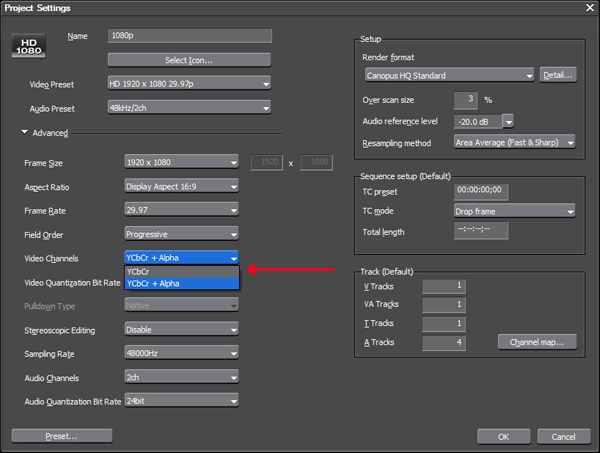
Figure 1. Choosing Alpha in the Project settings
Drop Shadow in the Layouter
The EDIUS Layouter now includes a drop shadow function. This means all the functionality of the older 3D PnP keyer has been integrated into the Layouter, making the Layouter one of the more powerful features in EDIUS. The drop shadow also works with Alpha channels, so if you have a watermark logo for your footage you can easily put a drop shadow on it. Previously we needed a third-party utility to achieve this and it was non-realtime.
Native Shake Stabilizer
EDIUS now has its own native Shake Stabilizer. This feature was just incorporated into EDIUS in the build of version 6.5 for NAB days before the show. The pre-release version I received before NAB did not have the stabilizer, so it's very new. I had the opportunity to give it a few tests and found it worked pretty well but still had some quirkiness to it. I''m sure those quirks will be ironed out before the main release of version 6.5 is released in June.
10-bit Support
Many of the filters in EDIUS 6.5 now work in 10-bit mode. This means that if you're working with 10-bit source files you can now ingest, edit, and export your entire project in 10-bit mode using most of the filters. There are a few of the filters that are still 8-bit but most of the critical ones an editor will use like color correction, masks, and blurs are now 10-bit. Those filters offer 10 bit functionality even on an 8-bit project, which means that when you color correct a clip you get the extra precision of 10-bit color correction even though you're working in an 8-bit environment.
In EDIUS 6.5 the user can hover over a filter in the Effects Pallette and a little pop up will "pop up" and tell you if the filter is not 10-bit. If it doesn't reference lack of 10-bit support then you'll know the filter is working in 10-bit.
Selecting a Scaling Method
EDIUS now has the ability to select the algorithm used for scaling footage. This means that when you zoom in on footage via the layouter you can select the scaling method that will give you the best quality as you zoom in. The selections are shown in Figure 2 (below).
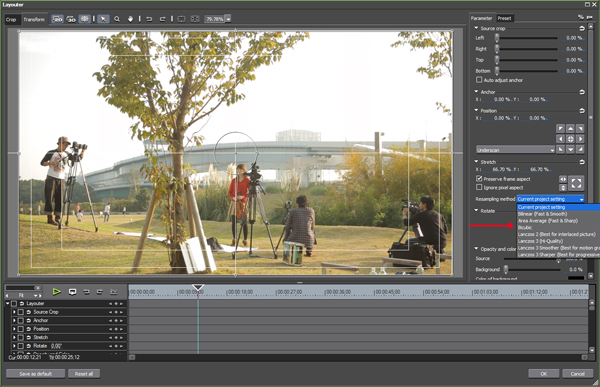
Figure 2. Scaling selections in the EDIUS 6.5 Layouter
You can also select your scaling method in your Project settings as shown in Figure 3 (below). If the scaling is set to a higher quality in your Project settings then, when you export from HD to an SD DVD, your SD footage is going to be more crisp and clear without the need for a complicated workaround process many have used that was documented in online forums. You can now export right off the timeline and get great-looking DVDs.
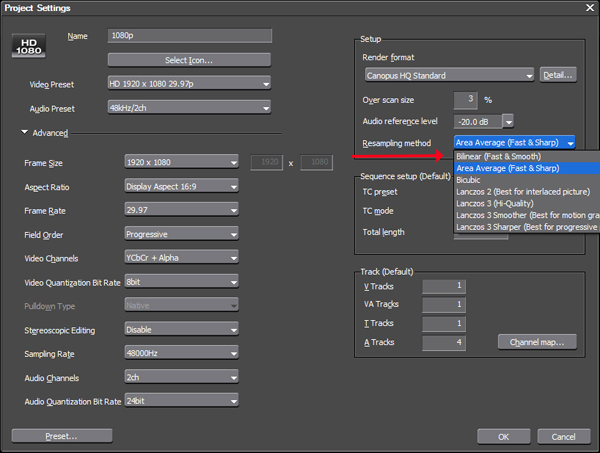
Figure 3. Choosing a scaling method in the Project settings
I was not able to test this functionality at NAB but some playing with the scaling abilities gives me high hopes for it. For instance, Figure 4 (below) shows a screen grab from the Layouter window where I have zoomed into show some detail on a tree. As you can see, there is lots of pixelization going on at an 800% zoom with the default project settings.
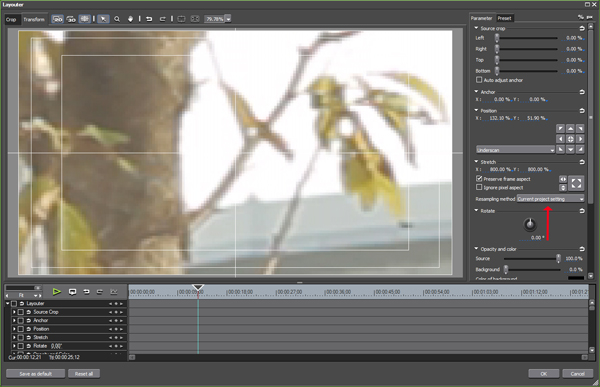
Figure 4. 800% zoom with default project settings
If I set the resampling method to Lanczos 3, the detail will be much cleaner and crisper, as illustrated in Figure 5 (below).
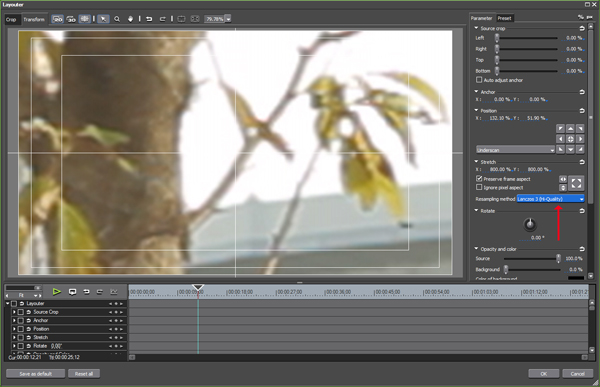
Figure 5. 800% zoom resampled using the Lanczos 3 method
Filmstrip Mode
There is now a Filmstrip mode for the timeline that allowing an editor to see picons through the entire timeline. Previous versions of EDIUS had picons only at the beginning and end of the timeline. Many users over the years have missed this functionality as they have switched over from other NLE systems.
Faster Project Loading
EDIUS now loads your project much more quickly. Previous to version 6.5, EDIUS would verify all your source files for validity. If your project was large with many many files then it could take a significant time to load the project. With version 6.5, the project loads right away and the file verification process continues in the background. If all your files are in the right spot you can then begin working right away. It's one of those small things that make an editor smile.
Exporting Flash Video From the EDIUS Timeline
You can now export to Flash files right from the timeline. Even though Flash is not as prevalent as it once was, it is still in use on the internet, and Flash export makes it easier to get your footage ready for web delivery.
When EDIUS 6.5 Ships
When v6.5 ships, the main version of EDIUS will be called EDIUS Pro and there will be a new Elite version targeted at the broadcast market with additional features like K2/Stratus integration functionality, Closed Caption pass-through and Dolby e-Audio pass through.
There are a handful of other additions to version 6.5 that I won't take the time to dive into as the ones above are the key features used regularly for most EDIUS editors. EDIUS just keeps getting more robust, thus making EDIUS editors more efficient in their edit process. When June arrives and version 6.5 is released, get ready to work smarter.
Page 1
Related Articles
Here's a look inside EDIUS Pro 7's MultiCam Mode, exploring how it streamlines editing up to 16 cameras, and leaves plenty of room for adjustments and tweaks after you make your initial cuts.
One of the great things about Grass Valley EDIUS 7 is its ability to take footage in multiple codecs and frame rates, place them on the same timeline, and edit and play them in real time. In this tutorial, we'll explore how to leverage this feature in your projects.
Key new features for streaming producers include cross-platform codec support, 10-bit color correction, Flash exporter, updated Layouter, native image stabilization, and new loudness meter